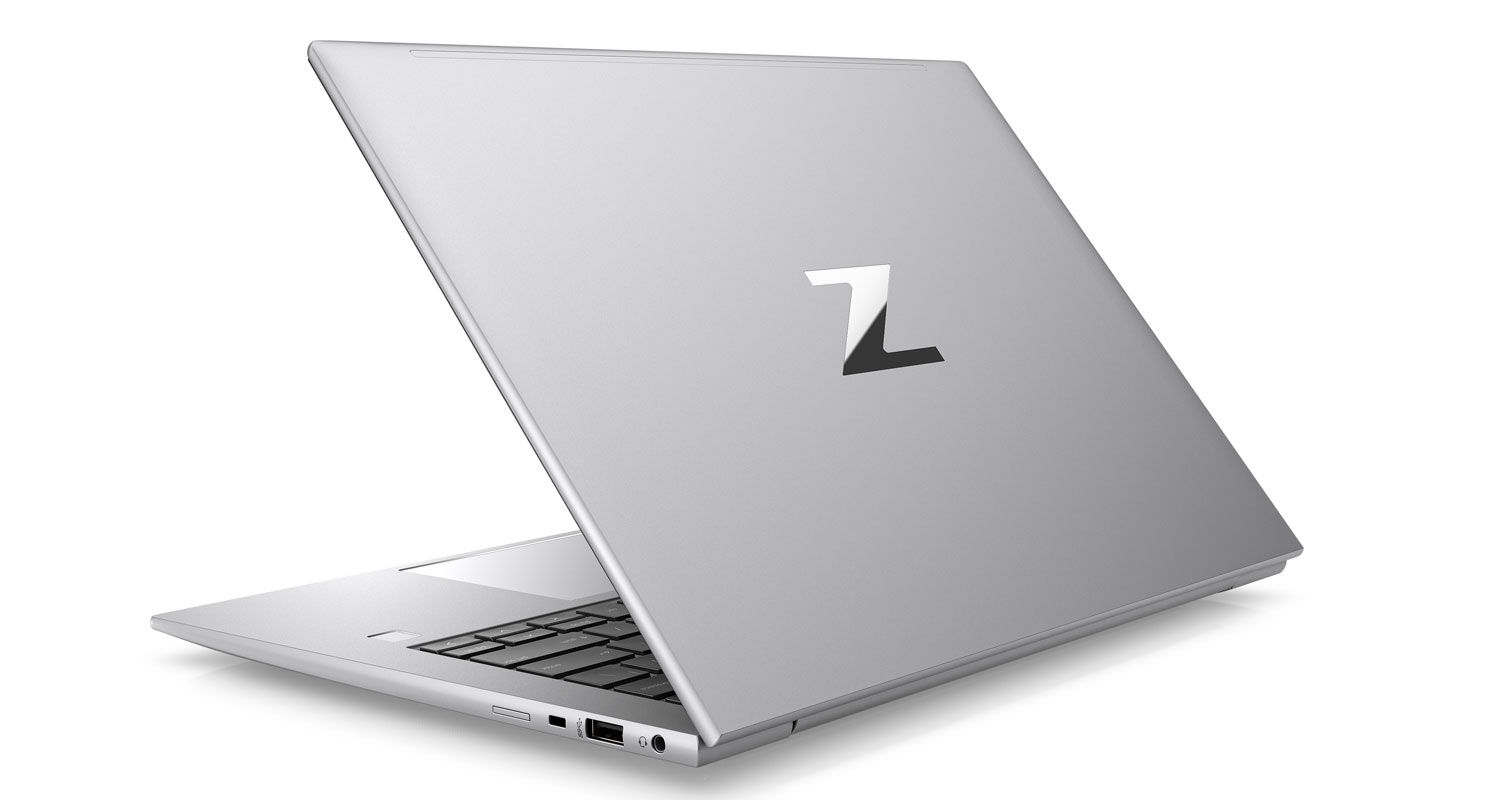 Customer experience isn’t what it used to be. Customers’ expectations have changed dramatically in recent years, and a slew of new digital channels and technologies are driving better, more immersive experiences.
Customer experience isn’t what it used to be. Customers’ expectations have changed dramatically in recent years, and a slew of new digital channels and technologies are driving better, more immersive experiences.
Customers’ expectations are also reaching new heights, as today they demand service that is instant, accurate and personalised.
The pace of change today is also unprecedented. 5G, Wi-Fi 6, the cloud and the Internet of practically everything means more speed and agility and less latency. Moreover, mobility has gone mainstream, the cloud has become an integral part of the business landscape and, in our increasingly connected world, the opportunities to interact on a level that is better, more personal and more relevant have also skyrocketed.
To learn more about HP Z Workstations, visit Datacentrix
The need to better manage customer experience has organisations of every size and in every industry completely re-evaluating the way they design their networks, extend their IT infrastructure and interact with their customers.
While all these new technologies grow customer expectations, they also help businesses meet them — and we can expect organisations harnessing the power of edge computing to help them better engage with their customers.
When it comes to the edge, processing power is shifted closer to the source, removing the need for data to be sent to a central location far away from both the device and the customer. The result? Much faster data processing, which lowers latency and quickens response time because there is no longer the need for data to travel to and from various clouds or even on-premises servers. Instead, data is processed and analysed at the source, instantly.
Key differentiator
In an infinitesimal amount of time, areas that need urgent attention can be flagged, data that isn’t needed can be discarded, and patterns can be quickly identified and used to allow companies to better understand what their users want. All this means customer queries are answered quickly, and their experience is greatly enhanced.
It’s a well-known fact in today’s world, being able to respond in real time has become a key differentiator, addressing customers’ needs instantly, and thereby enabling brilliant customer experiences. This, in turn, helps businesses stay one step ahead of the competition. Through edge computing, they can take this to a new level, building hyper-personal experiences through a multitude of channels, and engage with customers not only more effectively but much faster, too.
This is because by using the edge, they can process critical data, be it past customer interactions, time of day, the time a customer spends on a specific page or their location, and react instantly with highly personalised offers and suchlike.
In this way, we can expect to see a shift away from traditional business intelligence to more customer-driven, predictive analytics, boosted by the edge’s power to bring these analytics far closer to the source. And over and above more personalised customer experiences, it will enable businesses to create better digital content to stimulate action and use technologies such as augmented reality to interact with their customers in real time.
However, as with most great changes, there are down sides, too. For one, the analysts and data science that pull the insights from the data need workstations that have enough power to cope with the flood of information they will be drowning in daily.
 Moreover, technologies like artificiel intelligence are being built into the computers that users need to conduct their daily business and personal lives, and these technologies will also be on the edge gathering, analysing and generating data to drive better, quicker customer experiences.
Moreover, technologies like artificiel intelligence are being built into the computers that users need to conduct their daily business and personal lives, and these technologies will also be on the edge gathering, analysing and generating data to drive better, quicker customer experiences.
This is why HP’s new Z workstations were introduced, to meet even the most power-hungry needs in business today. HP’s Z workstations were designed with extreme performance, reliability and easy servicing in mind, all qualities that ensure minimum downtime and maximum productivity, irrespective of whether employees are on mobile or desktop systems.
HP’s devices offer single- and dual-processor designs, small and regular form factors, ECC memory options, and support for up to eight monitors. In addition, HP keeps dedicated workstation design and engineering teams on board to enable around-the-clock support worldwide.
For customer experience professionals, the amazing Z2 Mini Workstation promises previously unseen power and performance packed into a small and elegant design. As with all of HP’s products, these workstations are made with input from end users to ensure that all their needs are met.
The HP Z Workstation series meets all customer service analysis requirements, from performance-driven computing and customer experience professionals who work in space-limited spaces to data scientists who need extreme visualisation and analysis and work with complex datasets.
To learn more about HP Z Workstations, visit Datacentrix.
- View the disclaimer (PDF)
- This promoted content was paid for by the party concerned




